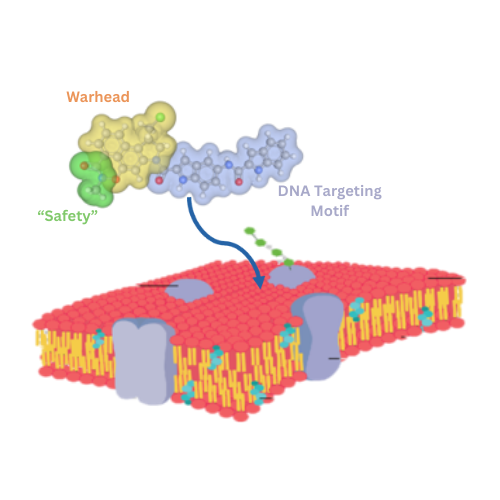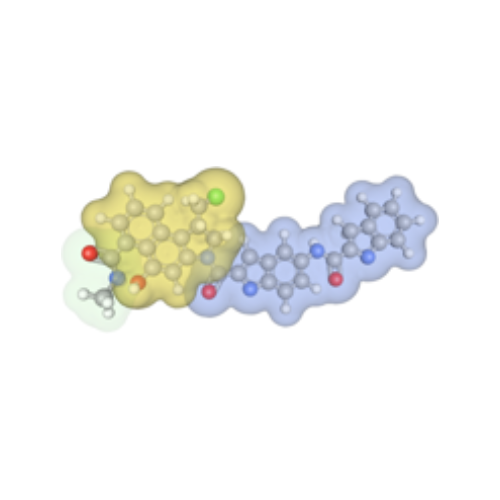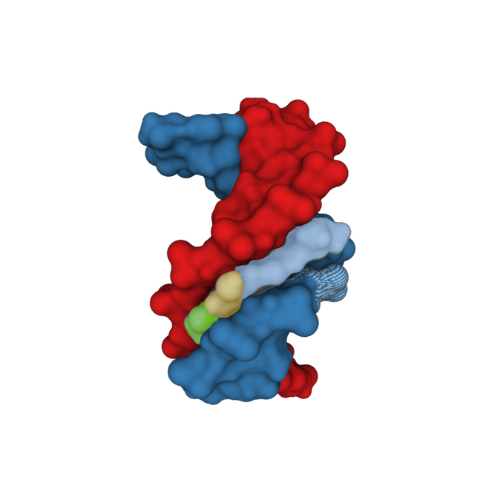Technology
Cairn Therapeutics' Lead Candidate
CT-262
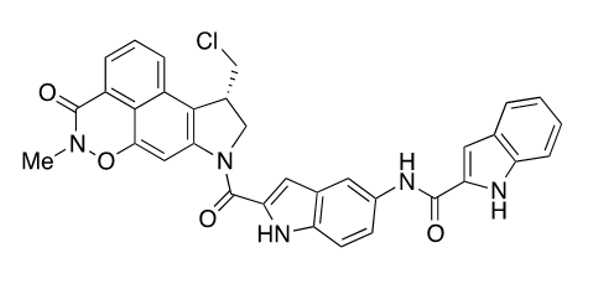
- A potent anti-cancer agent having a “safety mechanism” and invented by renowned medicinal chemist, Dale Boger, Ph.D.
- Preferential activation and cell death in tumor environments which carry an intrinsically higher concentration of reducing nucleophiles
Inactive CT-262 was converted to Primed version in breast cancer tissue but not in normal breast tissue, thus providing the toxic payload where it is needed

CT-262’s 2-stage activation is what imparts its selectivity, sparing healthy cells
1. Inactive CT-262 is stable in plasma and is absorbed into the cancer cell
2. Proteins in the cancer cell convert the inactive version to Primed CT-262 which makes it able to bind to the cancer cell’s DNA
3. The targeting motif binds to DNA (as Activated CT-262) which then “turns on” the warhead and forms a covalent bond leading to cell death
In addition to its targeted action, CT-262 is much less susceptible to cancer cell resistance mechanisms
Cellular Efflux
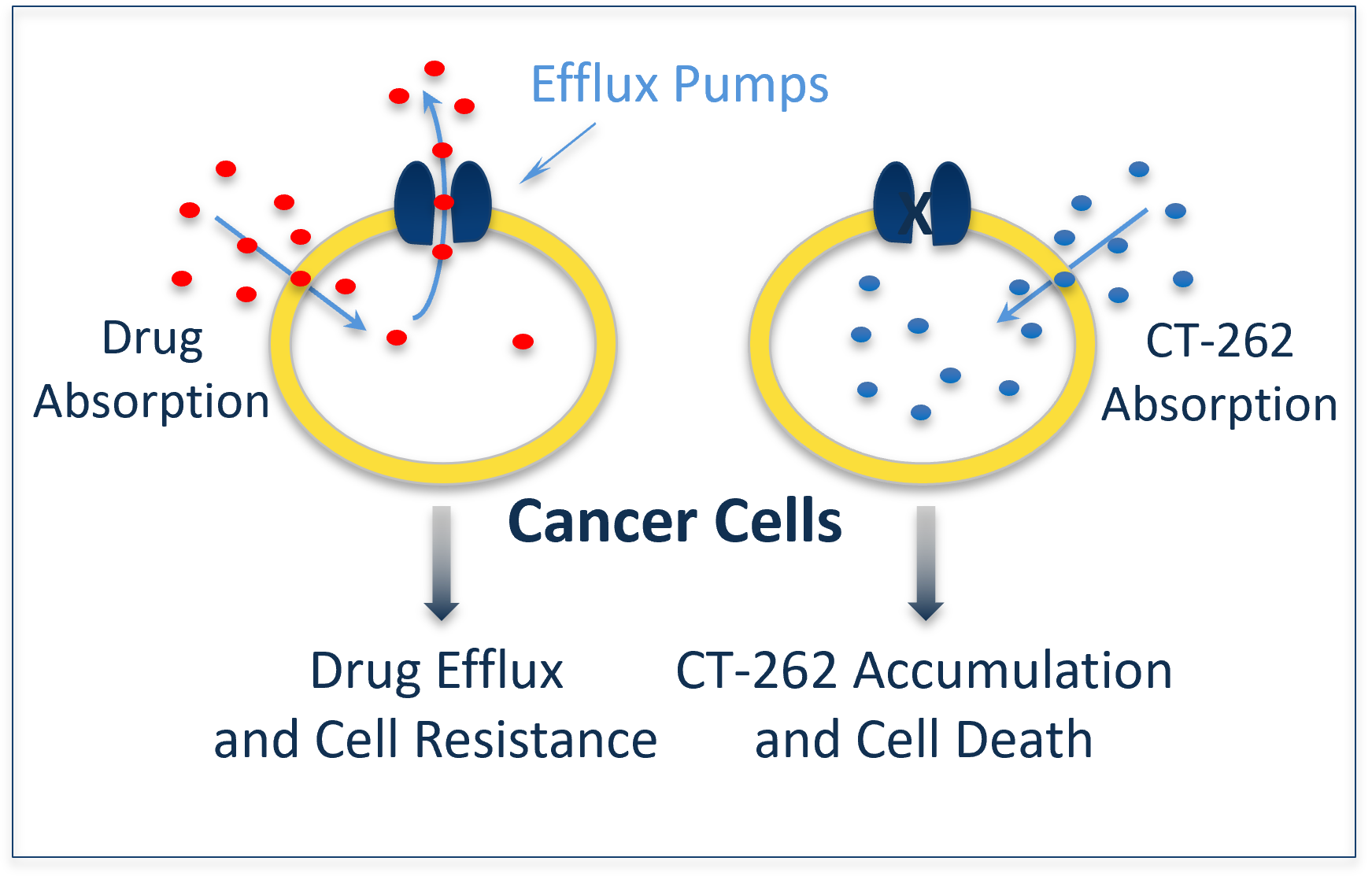
CT-262 is not a substrate for P-gp (50% of all cancers), BCRP, or MRP2, so it is not subject to cellular efflux resistance mechanisms
DNA Lesion Repair
Base Excision Repair: The DNA lesions produced by CT-262 at the DNA adenine N-3 position do not have any known mammalian base excision repair mechanisms.

Nucleotide Excision Repair: These mechanisms are impaired by the stability of the drug’s covalent bonding

